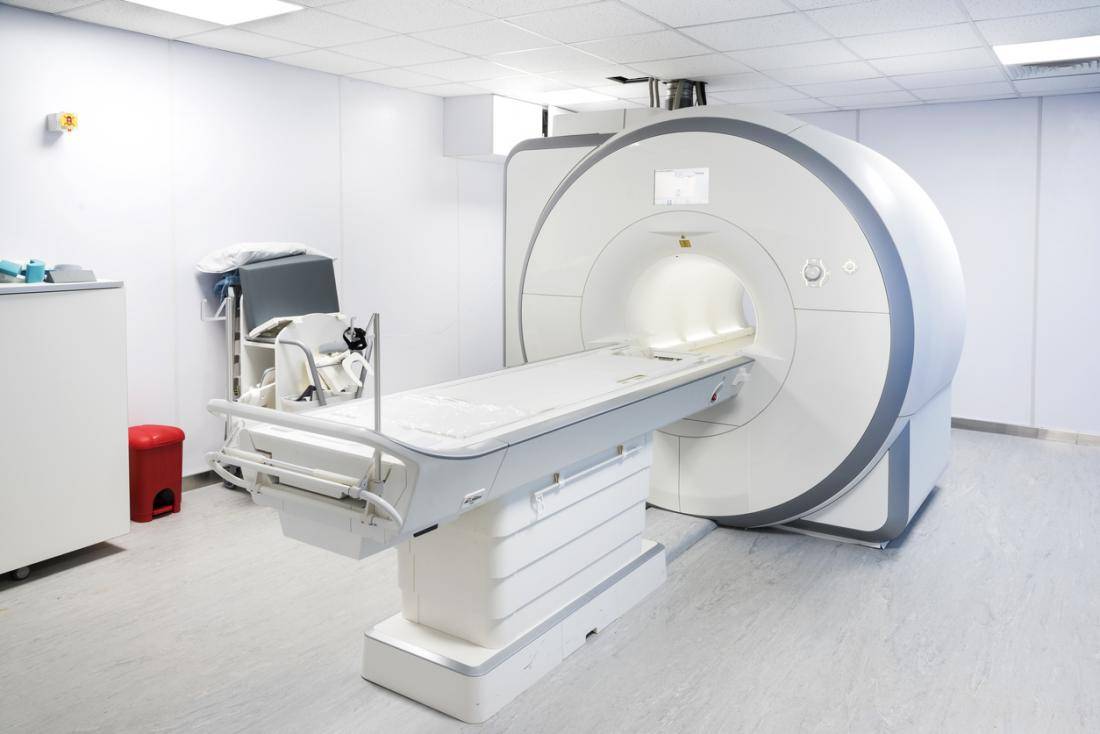Tanzania Could Soon Become Largest Producer Of A ‘Life-Saving Gas’

Many think of Helium as the gas in party balloons, but it is one of the most valuable gases on Earth, with uses ranging from rocket fuel to MRI scanners. The tech industry interestingly also has a lot uses for helium, including enabling you to read this article. The fiber optic cables that deliver Internet access and cable television to your home and company are manufactured inside of a pure helium atmosphere so that air-bubbles cannot get trapped inside the cable.
While helium has so many uses, the global supply of helium had comfortably outweighed the demand and the situation was so bad forcing Party City, a global store providing party materials, to close 45 of its outlets. Helium’s global supply is under threat, with the commodity surging around 500% in the past fifteen years.
A large underground reserve of the precious gas was discovered in East Africa earlier. Roaming across the Tanzanian plains on safari some six years ago, it dawned on two Australian geologists that Tanzania could hold world-class helium reserves.
Looking at local research done by a British geologist in the 1950s, an unusually high concentration of helium in the country’s naturally occurring gas seeps was a strong indication that large primary deposits lay under the ground.
The Australian geologists eventually created a company- Helium One and announced from early analysis data that Tanzania could hold as much as 98.9 billion cubic feet (bcf): enough to make the East African nation one of the world’s top producers.
The researchers estimate they found about 54 billion cubic feet (BCf) of helium in just one part of the valley, which is enough to fill 1.2 million MRI scanners. And looking at all the things MRI can do; letting doctors non-invasively examine a patient’s internal organs, monitor tumor growth, study inflammation or check on a developing fetus, the value in regards to health care alone is of vital importance.
Helium One is licensed by the Tanzanian government to explore for helium at three sites in the country. The company has looked for the gas in other East Africa countries along the Rift Valley, “but we don’t believe they have the right geology” that would result in similar finds of helium, Mr Abraham-James, Helium One CEO said.
Commercial production of the ‘life-Saving’ stash of precious helium gas discovered in Tanzania may be five years in the future. The CEO of the Norway-based company spearheading the project cautioned earlier. “If all goes according to plan, we could be in production by 2020 or 2021.”
Other than its large quantity, Tanzania’s Rukwa basin helium seeps are relatively unique in the concentration of helium it produces.
Professor Jon Gluyas, Director of Durham University’s Energy Institute, who conducted research on Tanzania in conjunction with Oxford University and Helium One, argues that the helium concentration in Tanzania is “getting on for a world record.”
Notably, while most helium is produced with very low percentages as a by-product of natural gas, helium in the Rukwa basin is found attached to the carrier-gas nitrogen and takes up a much greater share of that compound.
Featured Image Courtesy: Medical News Today